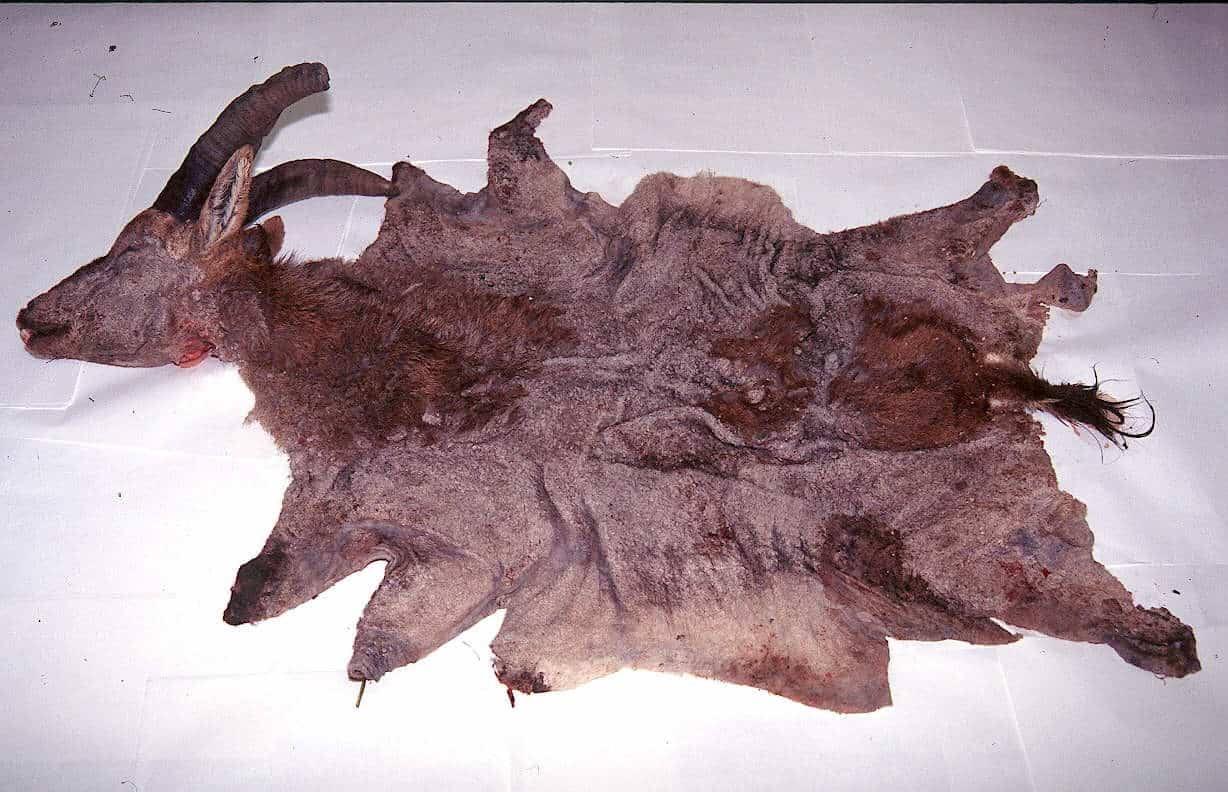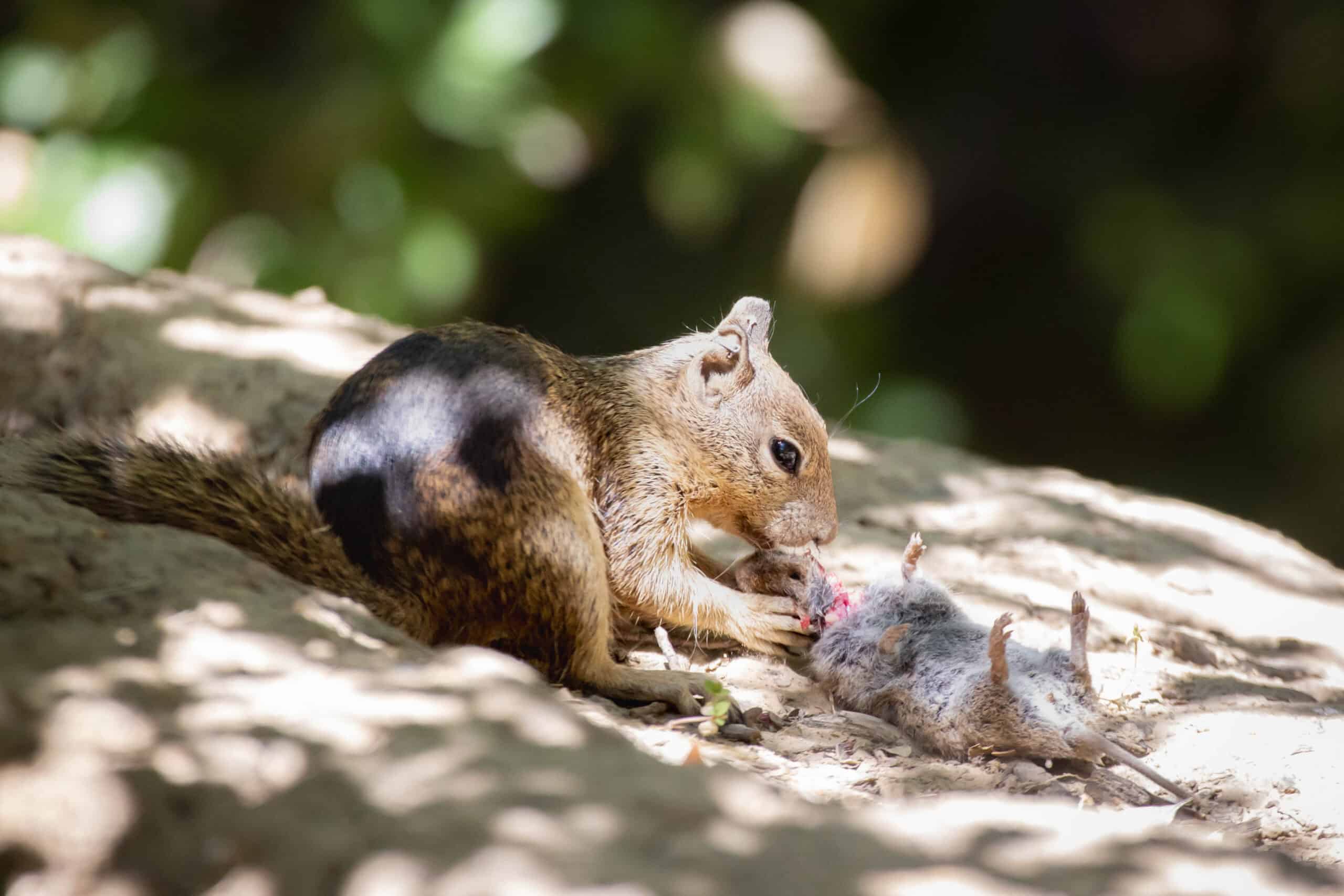Share this article
JWM: Ibex develop resistance to mange
Ibex have developed a resistance to sarcoptic mange after long-term exposure to the disease in the Iberian Peninsula.
The first recent cases of sarcoptic mange were reported in the region in the 1980s, and it continued to spread there. Some research suggests mange, caused by the scabies mite (Sarcoptes scabiei), can kill upwards of 95% of Iberian ibex (Capra pyrenaica) populations and can affect the reproductive capabilities of both males and females.
But other evidence shows that ibex can develop resistance to the disease. Jesús Pérez, a professor of biology at Jaén University in Spain, and his colleagues wanted to test how mange affected a population of Iberian ibex in the Sierra Nevada Natural Space in southern Spain. For a study published recently in the Journal of Wildlife Management, they monitored the ungulates from January 2003 to March 2021.

The stretched fur of an ibex that was euthanized due to the severity of sarcoptic mange. Credit: Jesús M. Pérez
The researchers walked or drove transects, conducting visual assessments of the extent of mange on ibex. Where it wasn’t possible to detect mange by observation alone, the researchers obtained skin samples from live, chemically immobilized animals and from dead animals. They analyzed these in the lab to get mite counts.
They found that the prevalence of sarcoptic mange shifted seasonally, with the highest prevalence in spring and the lowest at the end of the summer.
They also found that even in the 1990s, there wasn’t high ibex mortality, perhaps due to warmer weather conditions in the area. Higher temperatures and changing rainfall and humidity patterns due to global warming may also help to decrease mite survival in the environment. The researchers are currently looking at the possible relationship between mite survival and climate change to learn more.

An ibex that has begun to spontaneously recover from sarcoptic mange without treatment.
Credit: José E Granados (Sierra Nevada Natural Space)
The team determined sarcoptic mange decreased by roughly 50% over the nearly two-decade study period. Unpublished data also shows that mortality hasn’t been high in this population, while the number of ibex that spontaneously recovered from mange without having received treatment continues to increase. Through long-term exposure, the ungulates have likely developed high resistance rates, the authors said.
Given that ibex appear to be developing resistance, the authors of the study said that the population likely needs minimal management, including only removing or treating a few affected individuals. A heavier treatment of the animals using certain insecticides like ivermectine that kill mites might actually be counterproductive as the parasites begin to develop resistance to the chemicals.
This article features research that was published in a TWS peer-reviewed journal. Individual online access to all TWS journal articles is a benefit of membership. Join TWS now to read the latest in wildlife research.







